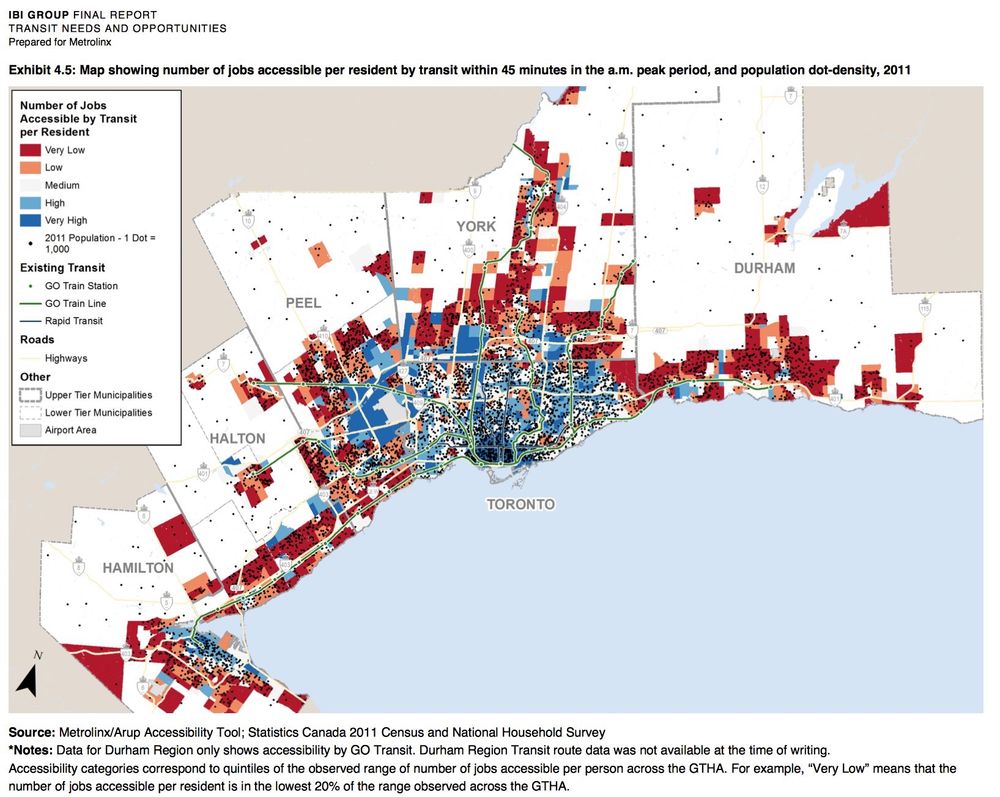- fully sprinklered building
- widened stair (1200 mm vs 900 mm)
- expanded landings (1650 mm)
- stairwell skylight for smoke exhaust
- improved fire rating for structure, suite separation, exit, balconies
- every unit has balcony for refuge or direct exit.

- fully sprinklered building
- widened stair (1200 mm vs 900 mm)
- expanded landings (1650 mm)
- stairwell skylight for smoke exhaust
- improved fire rating for structure, suite separation, exit, balconies
- every unit has balcony for refuge or direct exit.
I’m told it’s the first one, so it’s a test case. Here’s how it’s going.
#singlestair #sixplex

I’m told it’s the first one, so it’s a test case. Here’s how it’s going.
#singlestair #sixplex

All the orange areas below lost population 2016-2021.

All the orange areas below lost population 2016-2021.




mapping the location of GGH jobs in the industries that are most vulnerable to trade shocks (based on the share of industry jobs relying directly on exports).
neptis.org/publications...

mapping the location of GGH jobs in the industries that are most vulnerable to trade shocks (based on the share of industry jobs relying directly on exports).
neptis.org/publications...


